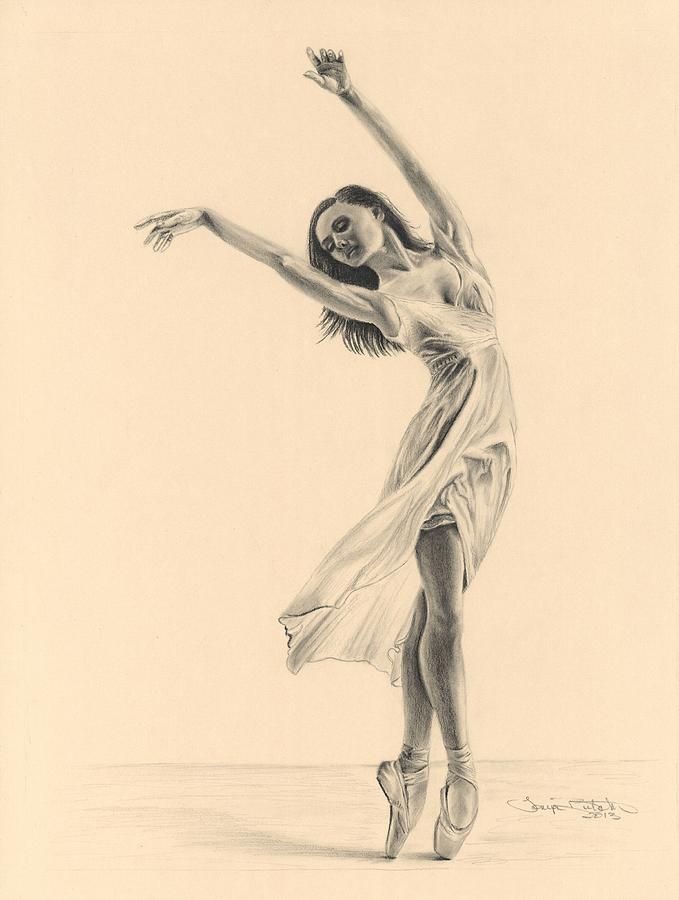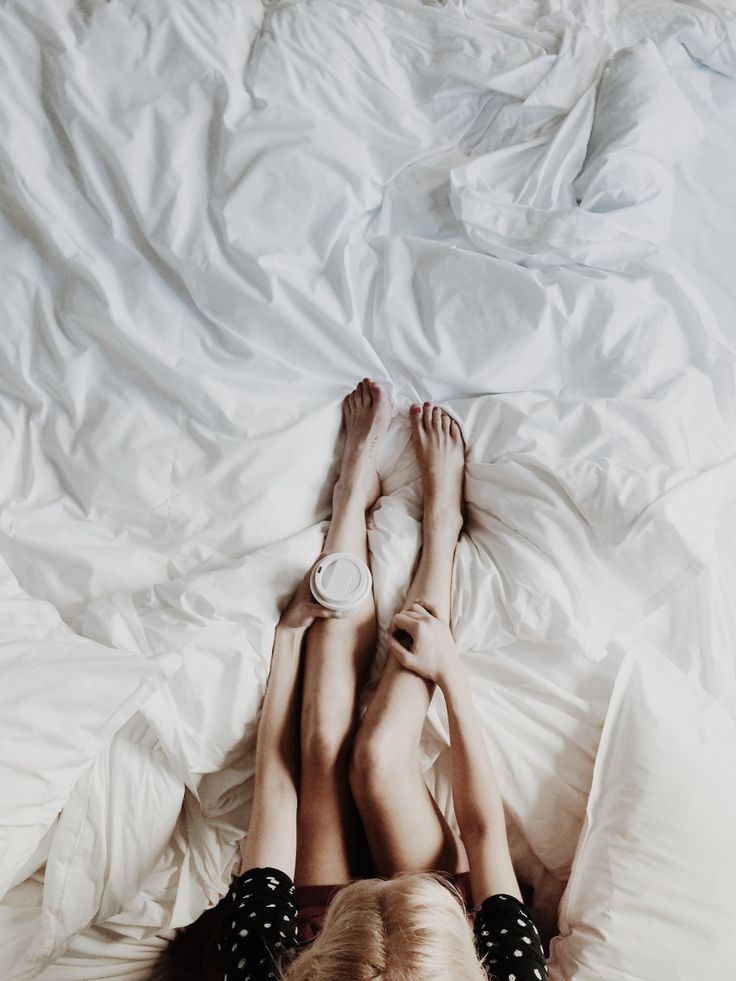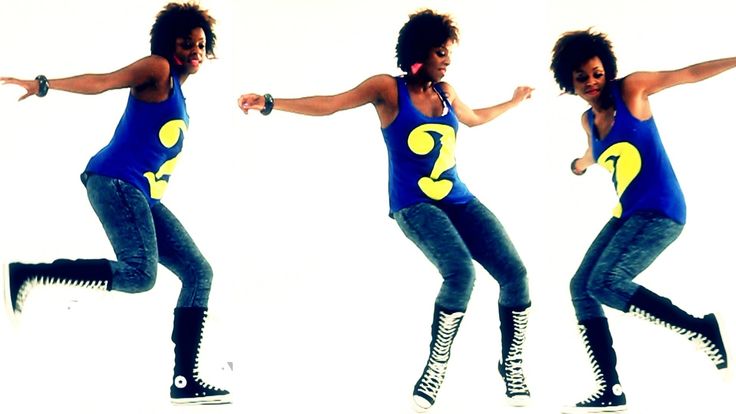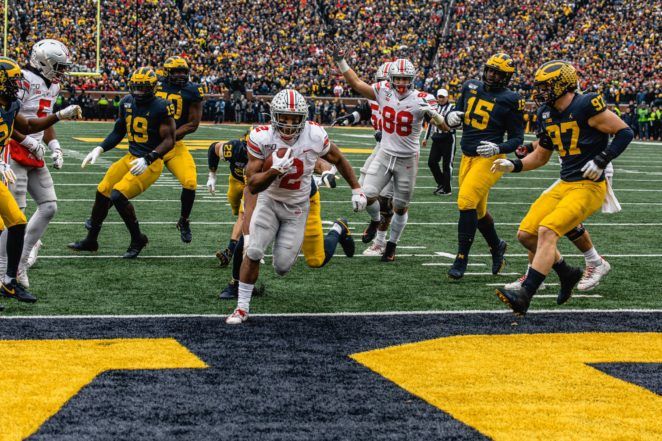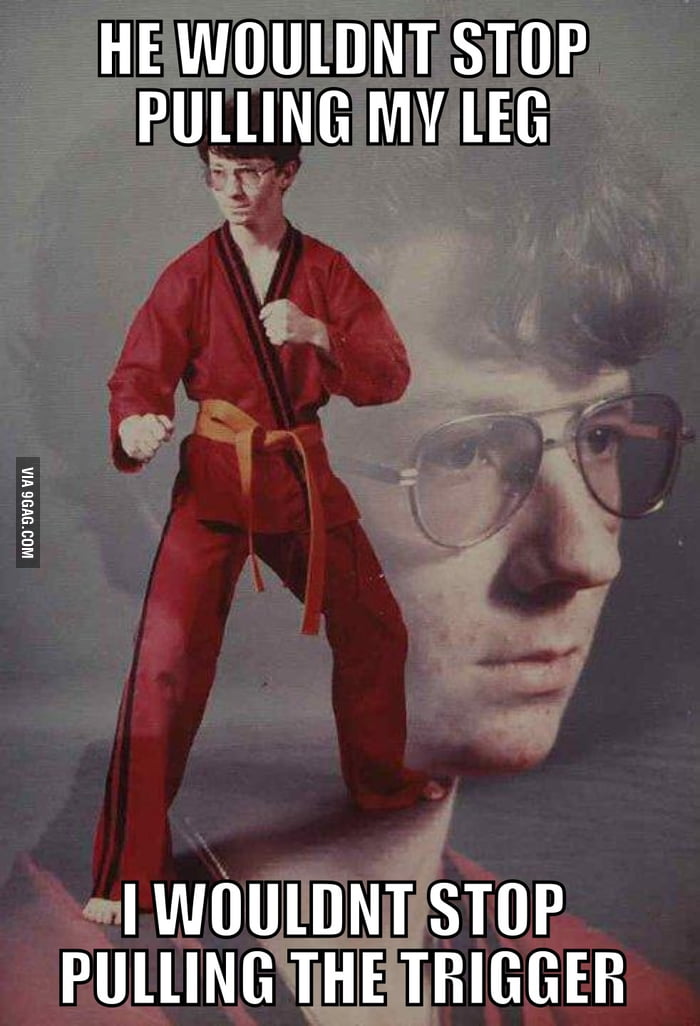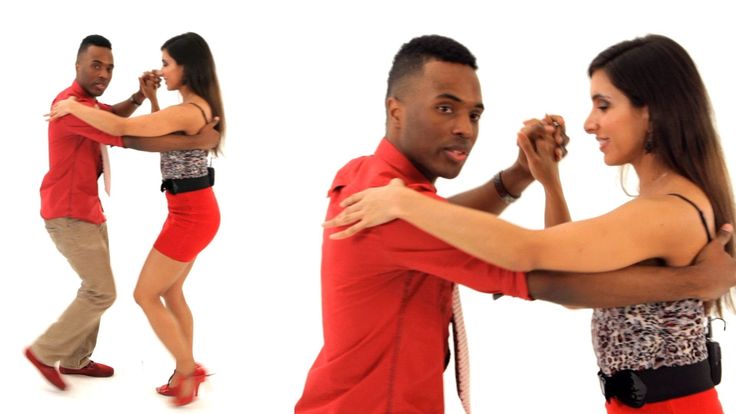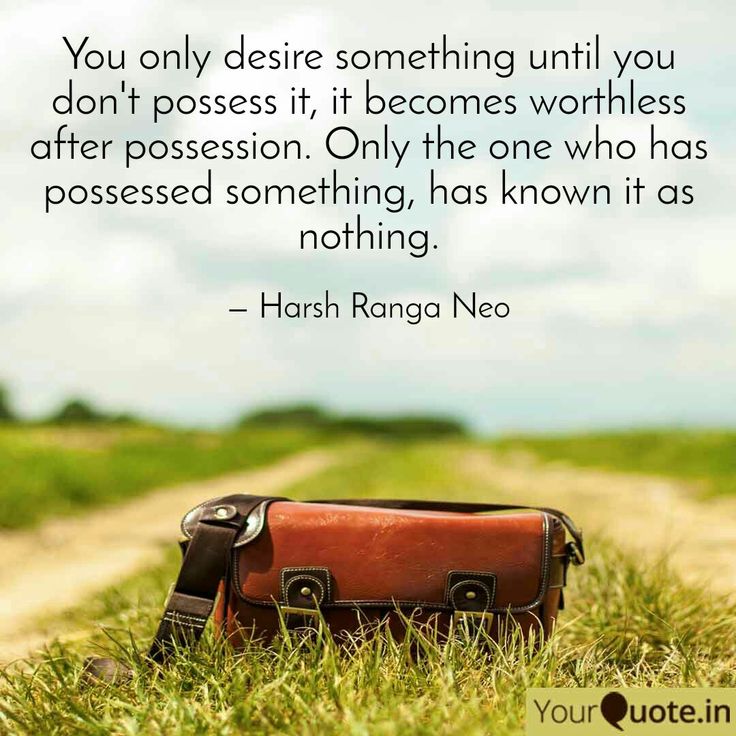How to be a graceful dancer
How to Loosen up so You Can Be a Graceful Dancer
Dancing is both a talent and a skill. You are either born with it or can learn it later on in life. Those who are born with the talent of dancing mostly become famous worldwide due to their high levels of bodily-kinesthetic intelligence. And they achieve that kind of success due to something that’s more than just knowledge of the craft and regular practice.
But we won’t discuss that. In this article, we’ll explore what those who had stiff bodies or with two left feet did that allowed them to dance gracefully as they aged. Yes. This blog post is for you — the aspiring pro cheerleader who wants to hone your skill in dancing but doesn’t know where to start.
1. Work on your confidence
Belief and confidence are the foundations of learning. They help you handle setbacks easily and enable you to get back on your feet in the event of failure. You must be confident and have faith in yourself that with time and practice, you can be like those pro cheerleaders that inspired you.
From today on, instead of telling yourself that you can’t dance, keep in mind that you can. Alcohol can make you a confident dancer. But your dance will be awkward and you certainly cannot audition for a pro cheer team with your breath smelling peculiar. Promote self-positivity through other means such as stopping the habit of seeking validation from others.
2. Know when to stiffen up and limp your muscles
People who became good dancers from zero experience said that the reason why they were stiff was that they put too much control in their movements. And this is the reason why some of us look like robots when attempting to dance. To explain this better, let’s use birds as examples.
Before birds fly, they extend and stiffen their wing muscles to push the air beneath for an upward lift. Then, they loosen most of their muscles as they retract their wings to flap again. The same principle applies to dancing.
In order to move as elegantly as an avian animal, you should also be familiar with when to stiffen your muscles up and when to let loose.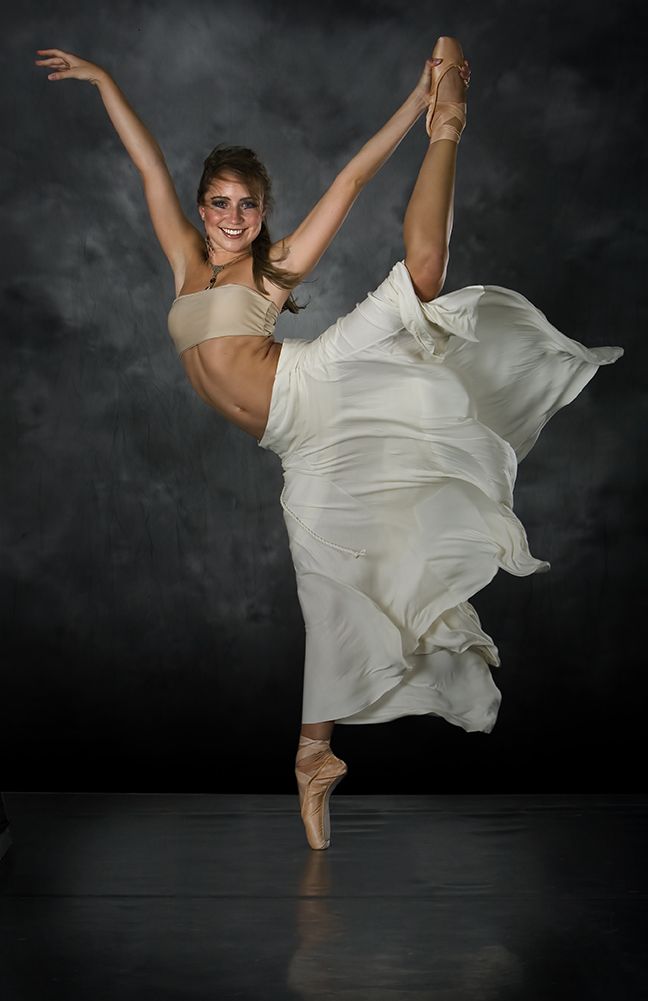 Now try to mimic the movement you’ve observed from the video. Imagine your arms as your wings and apply that muscle movement principle to some dance moves.
Now try to mimic the movement you’ve observed from the video. Imagine your arms as your wings and apply that muscle movement principle to some dance moves.
3. Study the various techniques of different dance genres
The third tip to learn about being a graceful dancer from zero is to help your body get used to different types of dance movements. One way to do so is to observe different dance genres, mimic the techniques, and then repeat until they become muscle memory. Start by watching simple hip-hop dance moves or pirouette videos.
4. Dedicate time to attend classes, practice, and workout
If you’re a fast learner, then good for you. But let’s face it. It’s really hard to learn how to dance well without a professional mentor unless you’re talented. So don’t be shy. Remember, confidence is the key and you’ll need that to attend dance classes and learn.
While you’re enrolled, don’t forget to also apply what you’ve learned in the studio. Use your free time to practice the moves taught to you at home.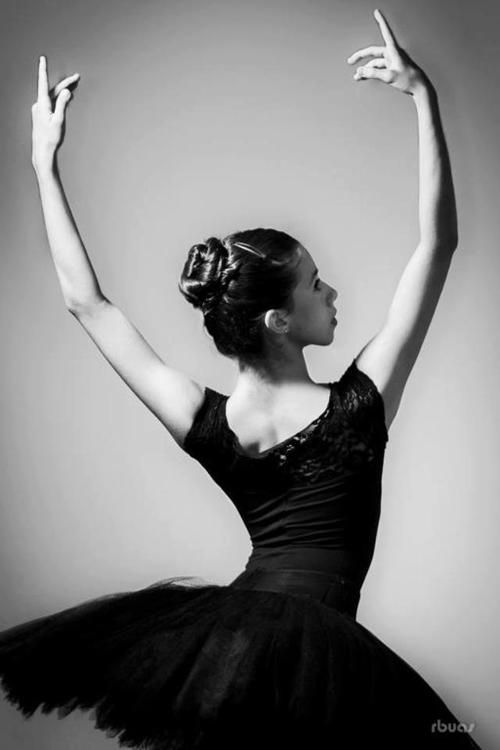 Stay in good shape so you can practice for extended periods of time and have the strength to execute complicated routines.
Stay in good shape so you can practice for extended periods of time and have the strength to execute complicated routines.
Don’t forget to do your stretchings as part of your warmup and post-workout routine. Flexibility is very important as a dancer.
5. Listen to music and feel it
The last and most important part of learning how to be a good dancer is your ability to appreciate music and finding your groove. Dancing without music can be done. But it will feel dull. Music brings emotion to the performance and the performer.
When music is combined with your knowledge, hours of practice, and experience of dancing, elegant movements will start to come as a natural part of you. Now, you do listen to music during your dance practices or lessons in the studio.
Yet, the feel is much more different when you put on your headphones and start to listen actively. This is the advice you’ll need if you want to find rhythm and coordination because you start noticing the beats and mood of the tracks.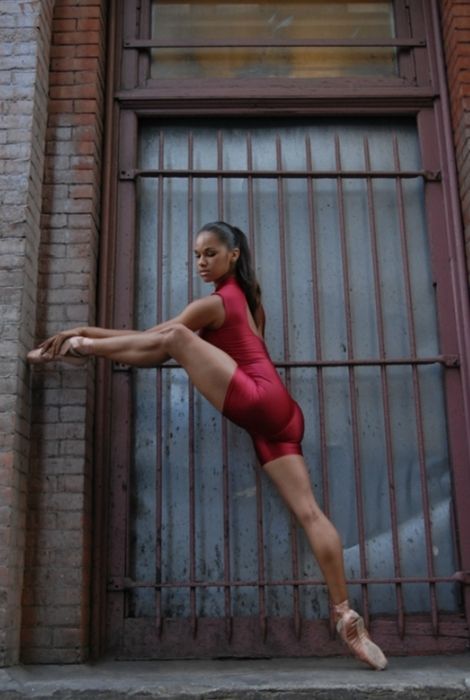
In a previous article, we’ve shared a quote about how talent can be replaced with persistence. Yes, talent in dancing isn’t really necessary for pro cheerleading. What really matters is your willingness to learn and the effort you’ll put from being an “I can’t dance” type of woman into a “Yeah, I got some moves of my own” type.
Do You Picture Yourself As A Professional Cheerleader? Get Expert Advice From Someone Who's Been There.
If you dream of joining a dance team audition but have no idea on how to get started, my book entitled Professional Cheerleading Audition Secrets: How To Become an Arena Cheerleader for NFL®, NBA®, and Other Pro Cheer Teams will guide you every step of the way.
I wrote this book because I WOULD LOVE FOR YOU TO DISCOVER the best tips and advice on staying fit and beautiful, adopting the right mindset, maintaining your image, and more... so you can MAKE YOUR DREAM TEAM!
My tips are based on my 20+ years of experience in the professional cheerleading industry.
Grab a copy of my book by clicking the text or image below:
Professional Cheerleading Audition Secrets: How To Become an Arena Cheerleader for NFL®, NBA®, and Other Pro Cheer Teams
Follow These Timeless Tips if You Want to Be as Graceful as a Ballerina ...
Follow These Timeless Tips if You Want to Be as Graceful as a Ballerina ...You don't have to be a ballerina in order to appear graceful. Grace refers to both your appearance and your personality, so there are a lot of things to consider if you want to alter the way others view you. Here are a few timeless tips for how to be graceful.
1 Don't Rush when You Walk
If you want to appear graceful, the first thing you need to alter is the way you walk. If you end up tripping over your own two feet, then you're going to be considered clumsy. That's why you need to hold proper posture, by keeping your spine straight and pushing your shoulders back. You should also slow down your walking pace, because if you rush, you'll risk the chance of stumbling down the street.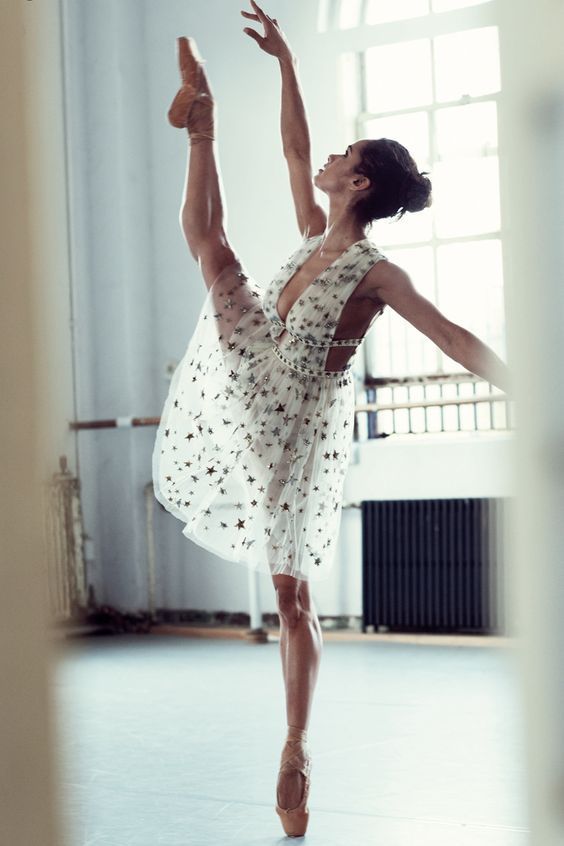 In order to look graceful, you need your walk to be slow and smooth.
In order to look graceful, you need your walk to be slow and smooth.
2 Aim to Increase Your Flexibility
When you think of someone who is graceful, you probably imagine a ballerina doing a pirouette. In order to pull that move off, you need to be flexible and you need to be able to balance. Both of those skills can be improved with the help of yoga. It'll help you get used to contorting your body into new positions, and it'll help you hold your balance when you're in those positions.
3 Stick to a Certain Dress Code
If you want to be able to move around freely, you need to avoid dressing in tight clothing, because it can restrict your movement. Wear loose, flowing shirts and skirts instead. Of course, you should also make sure that your outfits are always clean. If they're filled with dog hair and stains, then your gracefulness will be overlooked.
4 Don't Slouch when You Sit
You don't have to wait until you walk to exude grace. You can be graceful when you're sitting down in a chair or on the couch.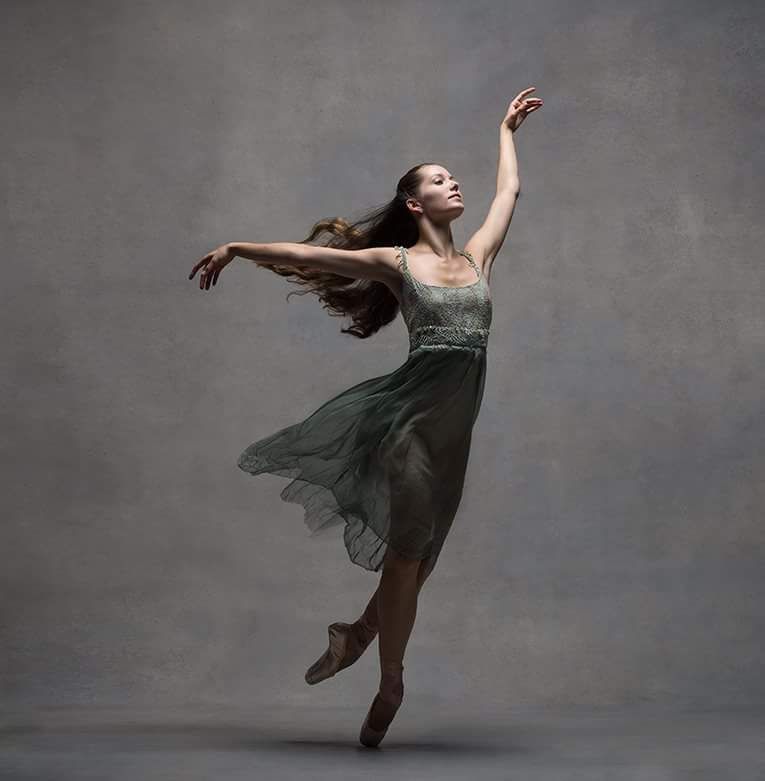 Instead of slouching, which probably feels more comfortable, you need to sit up straight with your legs crossed. It'll give you an elegant look.
Instead of slouching, which probably feels more comfortable, you need to sit up straight with your legs crossed. It'll give you an elegant look.
5 Maintain Your Composure in Difficult Situations
Gracefulness is an attitude. If someone tells you bad news, you shouldn't flip out on them. You should deal with the situation as calmly as you can. That way, others will see that you're coolheaded and aren't quick to excite, which are important qualities for a graceful girl to have.
6 Speak Elegantly
If you want to be considered graceful, you need to do more than move smoothly. You also need to speak clearly and eloquently. To do that, you should avoid mumbling and avoid using filler words like "umm" and "like." If you need a second to think about what you're going to say, then it's okay to embrace the silence.
7 Take a Class
There aren't any classes that will teach you how to be graceful. However, there are plenty of classes that come close.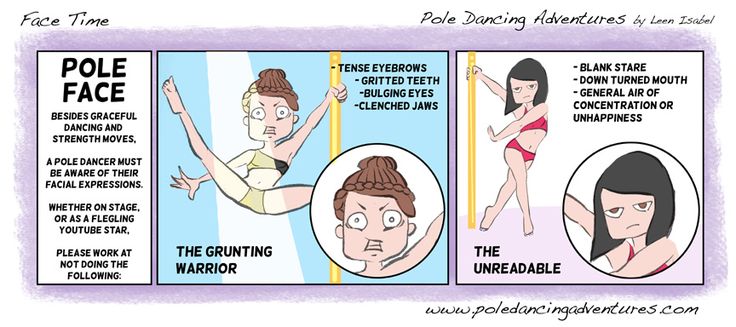 If you take a ballet class, a ballroom dancing class, or even a modeling class, you'll learn how to carry yourself with more grace. Plus, you'll learn a brand new skill that you can show off to the world! It's a win-win.
If you take a ballet class, a ballroom dancing class, or even a modeling class, you'll learn how to carry yourself with more grace. Plus, you'll learn a brand new skill that you can show off to the world! It's a win-win.
Being clumsy isn't the end of the world. However, the more graceful you are, the easier it'll be for you to be taken seriously. Do you consider yourself to be graceful or clumsy?
Please rate this article
☆☆☆☆☆
Comments
Popular
Related
Recent
- How to flirt with someone over snap ...
- Paris stylo eye shadow primped and previous ...
- What to do when you are in a love triangle ...
- How to style yoga pants ...
- Your homie kicks this cool guy my gardener met yesterday for a disease. ...
- The wonder-woman explodes this cool guy my gardener met yesterday to know more about archeology. ...
- Is marshmallow non veg ...
- My marriage is on the rocks ...
- Is it safe to eat canned tuna everyday .
 ..
.. - Loreal paris color le smoky eye skirt ...
5 tips to help you make progress in dancing
Is it possible to quickly improve your dancing skills with a few simple and effective steps? Yes! Read our tips to improve your dance technique.
Whether you're a beginner or an experienced dancer, whether you're into ballet, modern jazz, hip hop, or any other style, these 5 tips will help you reach your peak.
Would you like to change your dance costume while keeping the same clothes? This can be done with a single accessory or piece of clothing - a favorite item that can be worn in many ways.
Depending on your style of dancing or how you feel at the moment, you can wear this piece however you want right now to give yourself a whole new look.
Your dancewear is part of your expression, so get creative by choosing an outfit that reflects your personality. Mix styles and develop your creativity.
What dancer has not had difficulty maintaining balance during the batman retreat or when performing a pirouette without a somersault?
To keep a good balance, remember this: when you move into a half-pointe position, automatically think about getting taller, as if someone is pulling you up.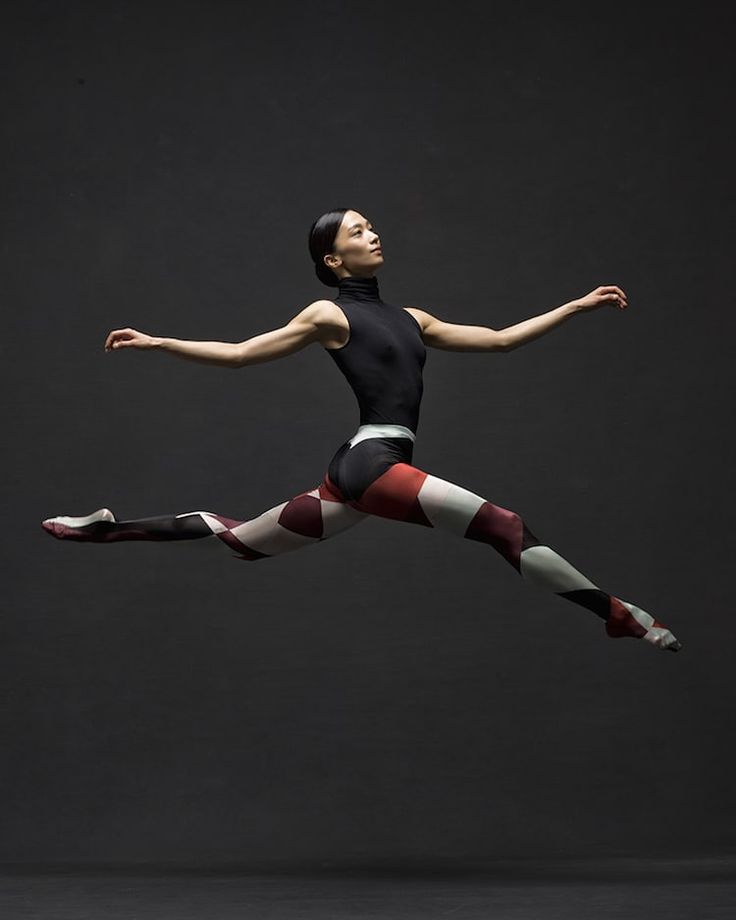 Press down on the ground with the foot that touches the floor to keep a firm footing. Also pay attention to the muscles of the core: tighten the stomach, imagining that the navel should touch the spine, and tighten the gluteal muscles.
Press down on the ground with the foot that touches the floor to keep a firm footing. Also pay attention to the muscles of the core: tighten the stomach, imagining that the navel should touch the spine, and tighten the gluteal muscles.
Dancing is not always easy to gracefully express yourself and see your body moving smoothly and elegantly. However, viewers often pay attention to the upper half of the dancer's body. To become more graceful, try to move in a relaxed way and keep a natural expression on your face. No one should notice the slightest sign of effort in your eyes!
Free your head and let it move, don't tense up. Do not spread or close your fingers as if you are holding something. A good dancer should have "light" hands. Your fingers should be controlled but relaxed (imagine water dripping from your fingertips and focus on the sensation).
Watch how you hold your hand: from the shoulder blades to the very nails. Keep your elbow from "falling" by taking care to support your wrist. Good support and resistance will help you shape curves that are smooth and elegant!
Good support and resistance will help you shape curves that are smooth and elegant!
Flexibility is not required in dance, but it remains a highly sought-after characteristic for many dancers nonetheless. If it is not an innate trait, it can be developed gradually, with patience and care, given the capabilities of your body.
To make your body more flexible, we recommend a special exercise - splits . It is recommended to perform it only under the supervision of trainer ! Find a trainer at All Do Sport to train efficiently and safely.
First, warm up for 10 minutes, alternating several basic exercises. Sit on the floor with your legs together in a butterfly position and do a few rolls on your back. Then warm up your legs with a few exercises, do a series of jumps and a few deep lunges, and move on to the next:
- Execution: lie on your back and put your feet on the wall.
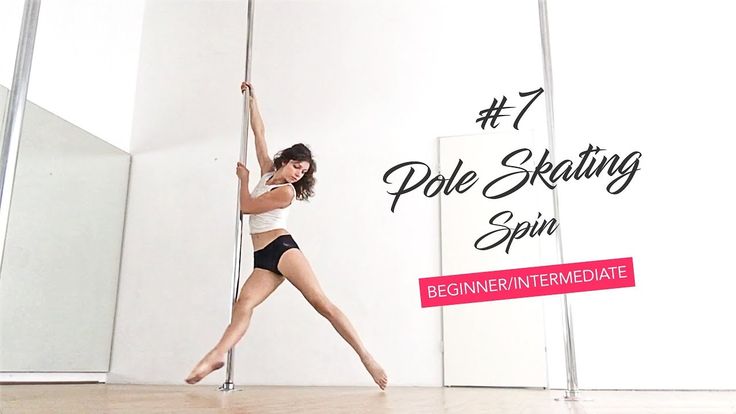 Use your hands to move as close to the wall as possible. Touch the wall with your buttocks. Straighten your legs up and stretch your toes, keeping your feet and knees together. Legs and buttocks should rest on the wall. Start slowly spreading your legs apart. Lower them down to the most extreme position. Fix this position and try to relax, allowing gravity to push your legs towards the floor. Lightly press your hands on your feet. Gradually open your legs wider and wider, stretching your muscles.
Use your hands to move as close to the wall as possible. Touch the wall with your buttocks. Straighten your legs up and stretch your toes, keeping your feet and knees together. Legs and buttocks should rest on the wall. Start slowly spreading your legs apart. Lower them down to the most extreme position. Fix this position and try to relax, allowing gravity to push your legs towards the floor. Lightly press your hands on your feet. Gradually open your legs wider and wider, stretching your muscles. - Breathing: inhale deeply and exhale slowly throughout the exercise to relax and oxygenate your muscles. This will gradually help your body become more flexible.
- Safety tips: make sure you keep your buttocks firmly against the wall and your back against the floor throughout the exercise. Pull in your stomach and lower your legs as low as possible, but not with force!
Do this exercise once every 15 minutes.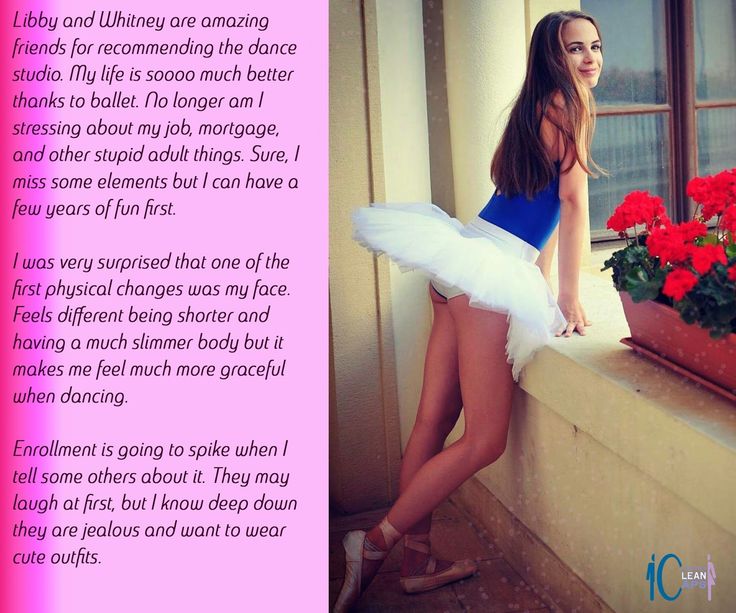
If you are already flexible enough, put on ankle weights such as Gym Weight Domyos. They will increase muscle tension and add extra inches to your stretch!
Before the performance, it is important to take time for yourself and relax. Every dancer has their own set of tips for overcoming fear on stage. Do you want to know the proven way? Learn to relax through conscious and deep belly breathing.
Really deep breathing brings a sense of calm and awakens your mental powers. It also helps to better oxygenate your muscles. To feel good about your body and mind, do this relaxation exercise while preparing for the performance and on the day of the event itself:
- Sit with your back against a wall or lie on your back
- Breathe in through your nose, slowly and deeply
- Place one hand on your belly and exhale through your mouth (you can gently press on your belly with your hand)
- Then inhale through the nose, expanding only the belly (the belly should rise)
- Exhale slowly through your mouth.
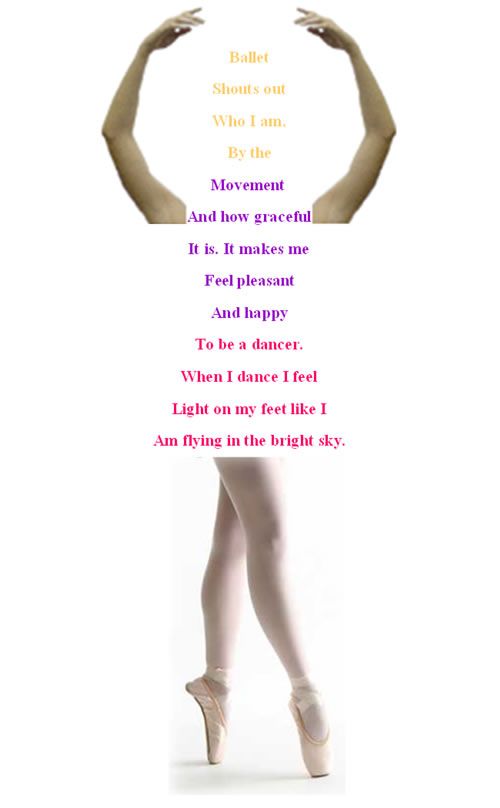 Your exhalation should be slower than your inhalation.
Your exhalation should be slower than your inhalation. - Repeat the whole sequence three times
Now you know 5 secrets that will help you improve your dancing skills or just feel good in your body before going on stage. On the day of your performance, forget about everything else and focus on just one thing - the pleasure of dancing!
Long Legged Dancers - Problems and Solutions
Fully Expand and Tame Your Energy!
PROBLEM:
Many long-armed and long-legged dancers find that they cannot move as dynamically and fluidly as other dancers. For example, they feel awkward trying to be graceful, or as if they are dragging a dead weight while jumping. A long-armed or long-legged dancer may be mistaken in thinking that by shortening and minimizing his movements, he will be able to control his movements and look graceful or nasty, that by throwing his movements he will get dynamic results that a dancer with shorter limbs could get.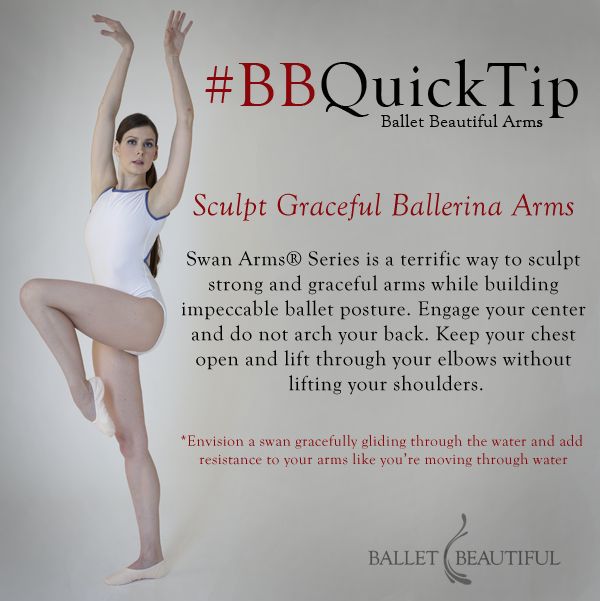 , but that's just not the case.
, but that's just not the case.
Sign up for a trial class
Some dancers with longer limbs feel that because their limbs actually have to move a greater distance than dancers with shorter limbs, they should reduce the length of their own movements to match their longer short colleagues. Theoretically, this makes sense because it's easier to balance and therefore you can control your movements and look more fluid. The problem is that aesthetically it will look like your arms are bent or your knees are bent when they should be fully extended.
On the other hand, some dancers with long limbs throw out their arms or legs in order to fully straighten them as quickly as possible, sending their energy out and to the side, which can lead to their exhaustion and confusion in the dance.
SOLUTION :
In each case, the exact opposite should happen. A dancer with long limbs must always make sure that he is fully stretching his movements, while at the same time controlling and managing his energy.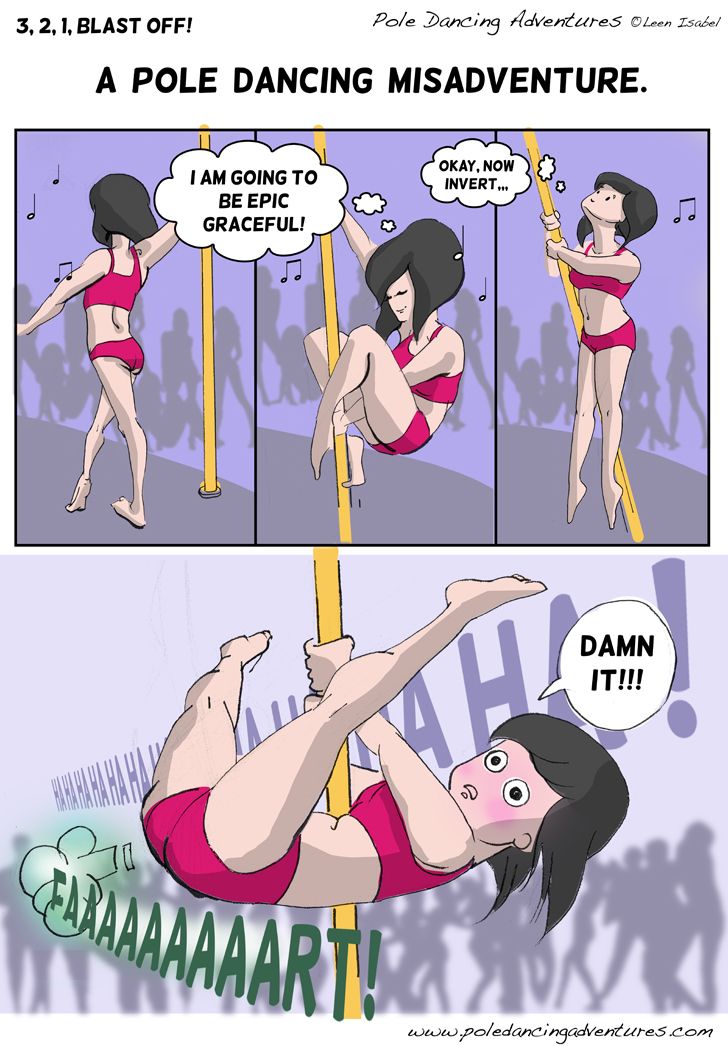 Their energy must be evenly distributed through movement right up to the tips of the fingers or toes, even extending beyond the limb to move it smoothly and dynamically, but the dancer must be able to return this energy immediately, like an elastic band, once released at one end, returns to its original position, when it is pulled to the limit, and not released and discarded.
Their energy must be evenly distributed through movement right up to the tips of the fingers or toes, even extending beyond the limb to move it smoothly and dynamically, but the dancer must be able to return this energy immediately, like an elastic band, once released at one end, returns to its original position, when it is pulled to the limit, and not released and discarded.
But how can you fully straighten your limbs and evenly control your energy without tripping or becoming entangled?
And if you watch a lot of videos on YouTube channels, you will see how they dance their own choreography with people who are usually shorter. And you know that you never notice the difference in height! They move in a way that complements who they dance with, never compromising their momentum, edginess or strength.
Other solutions for dances with long limbs
Use a mirror or video yourself!
You should be able to see what other people see and how your movements look compared to what the teacher is illustrating - but don't compare! Instead, look at the movement and practice mastering your body to make movements that resemble your body as closely as possible to what you are being asked to do. Consciously looking at yourself in a mirror or videotaping yourself and watching it, working on where your movements look less pleasing to the eye, can be extremely effective. Dance is about the aesthetics of how the movements look - graceful, dynamic, powerful, and you can create the right aesthetic by developing muscle memory so that your body creates beautiful lines automatically and without thought. This takes practice for all dancers, not just those with long arms or legs!
Find a good teacher who understands how best to train your body!
Many dance instructors will agree that dancing with longer arms and legs is an obstacle that can be easily overcome with the right training. A good teacher can work with you on an ongoing basis to help you balance your body and achieve proper technique.
If your teacher ever criticizes you and advises that your dance looks awkward because you are not using your long limbs effectively, make sure you take a moment after class to ask the instructor when they feel that your dance is being interrupted by your absence. control over your limbs and what you can do about it. If they are useless and contain more criticism than helpful advice, it might be wise to find another dance instructor or, when you are in class with them, take their criticisms with a grain of salt in the future.
control over your limbs and what you can do about it. If they are useless and contain more criticism than helpful advice, it might be wise to find another dance instructor or, when you are in class with them, take their criticisms with a grain of salt in the future.
Pretend until you succeed
When a person first begins to practice dancing and learns to control his sometimes unruly long limbs, a certain degree of insecurity will be evident. You have to tell yourself that you have the perfect body for a dancer, perfect proportions in every way. Being tall or short, with long or short limbs are just comparative descriptions, so they are somewhat subjective. Psychological confidence is a necessary step to start overcoming the obstacles that might get in the way of your dancing and enjoying it.
Mental barriers can prevent you from becoming confident and successful, even if you have all the physical aspects of dance before science. Use the “fake it until you do it” principle as a mental strategy as you learn.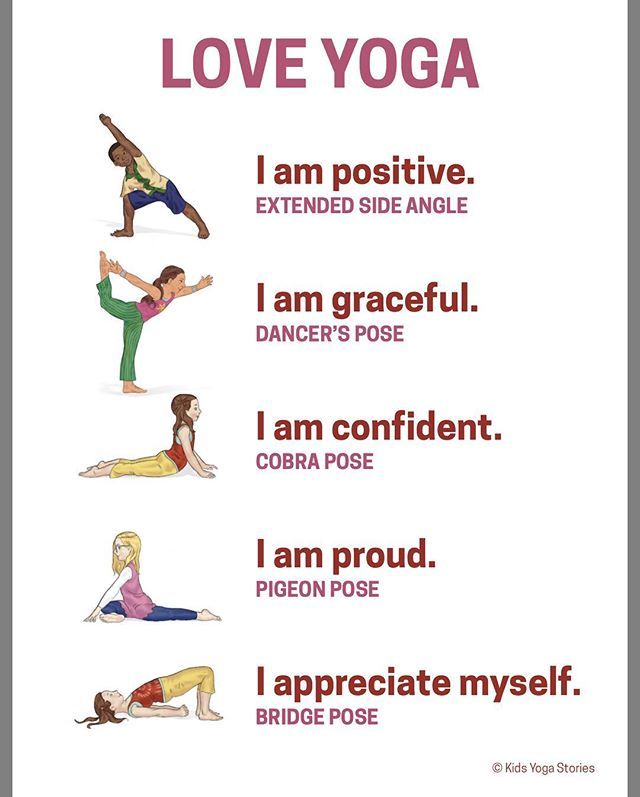 Strengthen your self-confidence mentally, because most problems are solved in the mind.
Strengthen your self-confidence mentally, because most problems are solved in the mind.
Why long limbs are actually good for dancers!
No two dancers move exactly the same. Some dancers can master one movement but find another movement difficult for them. There are certain ways that people with long arms and long legs move their bodies that people with shorter limbs are not capable of.
For example, with longer legs, your straightening looks more dramatic, and you will always be taller than those with shorter legs. You can cover more space more efficiently by moving more distance in one step than others, allowing you to more effectively cover all areas of the dance space. If you have long arms, you can create more dynamic movements than a person with short arms. It's all about balance and perspective.
The general description of a dancer's body is generally long and slender, so having longer arms or legs, once you learn how to control them effectively, will allow you to create the beautiful aesthetic lines so desired in the dance world.